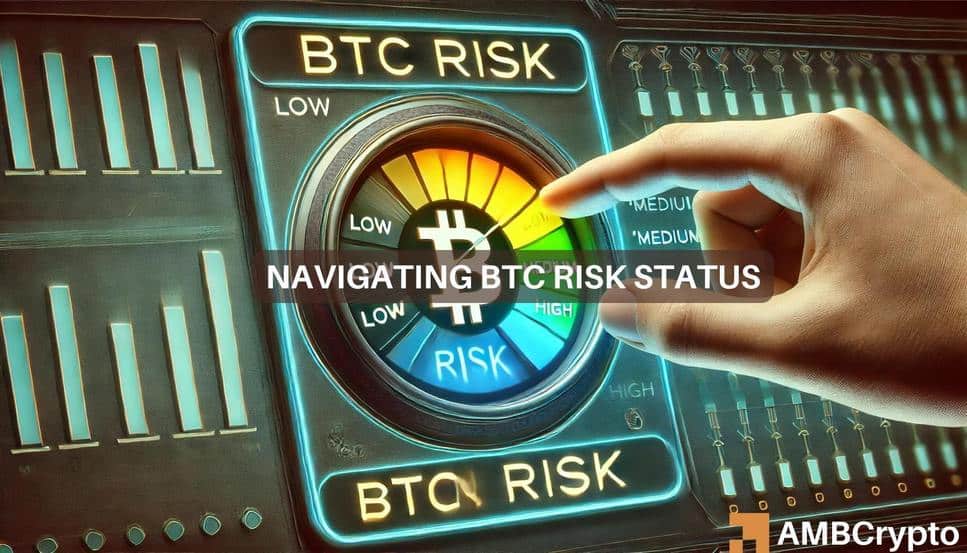Bitcoin [BTC] has shown a higher sensitivity to global liquidity conditions compared to traditional assets like gold. According to Lyn Alden, an esteemed macro analyst, BTC tends to move in alignment with global M2 83% of the time, surpassing other assets in this regard.
“Bitcoin’s price direction closely follows global M2 most of the time, more so than other financial assets.”
Bitcoin: A Hedge or a High-Risk Asset?
While U.S. equities, represented by SPX, rank as the second most responsive asset to global liquidity conditions, gold falls fourth on the list. This implies that BTC leans towards being a high-risk asset, performing better in low-interest rate environments and during quantitative easing phases.
This characterizes BTC as less of a traditional safe haven than gold. Alden describes BTC as ‘risk-on gold’ due to its attributes as new, reliable currency; however, some investors still view it primarily as a high-risk asset.
Alden suggests that this correlation pattern may persist for the next 5–10 years before BTC evolves to behave more like gold.
“As Bitcoin gains more prominence, it might transition towards a gold-like correlation, which is not far-fetched.”
On the contrary, Robbie Mitchnick, BlackRock’s Head of Digital Assets, sees BTC as a more secure, hedging asset during uncertain periods. Typically, ‘risk-off’ assets perform well amid market turbulence and instability.
Mitchnick points out that BTC and gold show minimal long-term correlation with U.S. stocks, occasionally displaying positive connections temporarily. He emphasizes,
“Bitcoin primarily serves as a burgeoning global alternative monetary system – a rare, decentralized, non-sovereign asset that lacks country-specific and counterparty risks.”
According to Mitchnick, the rise in inflation and worries about U.S. political and fiscal stability will propel BTC as a ‘risk-off’ asset in the future.
Despite the ongoing debates on whether BTC is a better form of sound money with greater growth prospects compared to gold, short-term indicators align more closely with Alden’s forecasts. BTC currently exhibits ‘risk-on’ asset behavior.
Recent data from the BTC Pearson Correlation indicates a growing positive association between the cryptocurrency and U.S. equities in the last quarter.
In essence, the price movement of BTC may be influenced more by upcoming U.S. Federal Reserve monetary policy changes rather than specific crypto-related developments in the immediate future.
Therefore, the release of U.S. Personal Consumption Expenditure (PCE) data on September 27th is anticipated to drive BTC’s volatility.
Moreover, the anticipated Chinese economic stimulus and forthcoming easing measures are expected to further support BTC in the medium term.
Thus, monitoring these factors is crucial for a comprehensive risk management approach for BTC investors and traders.

